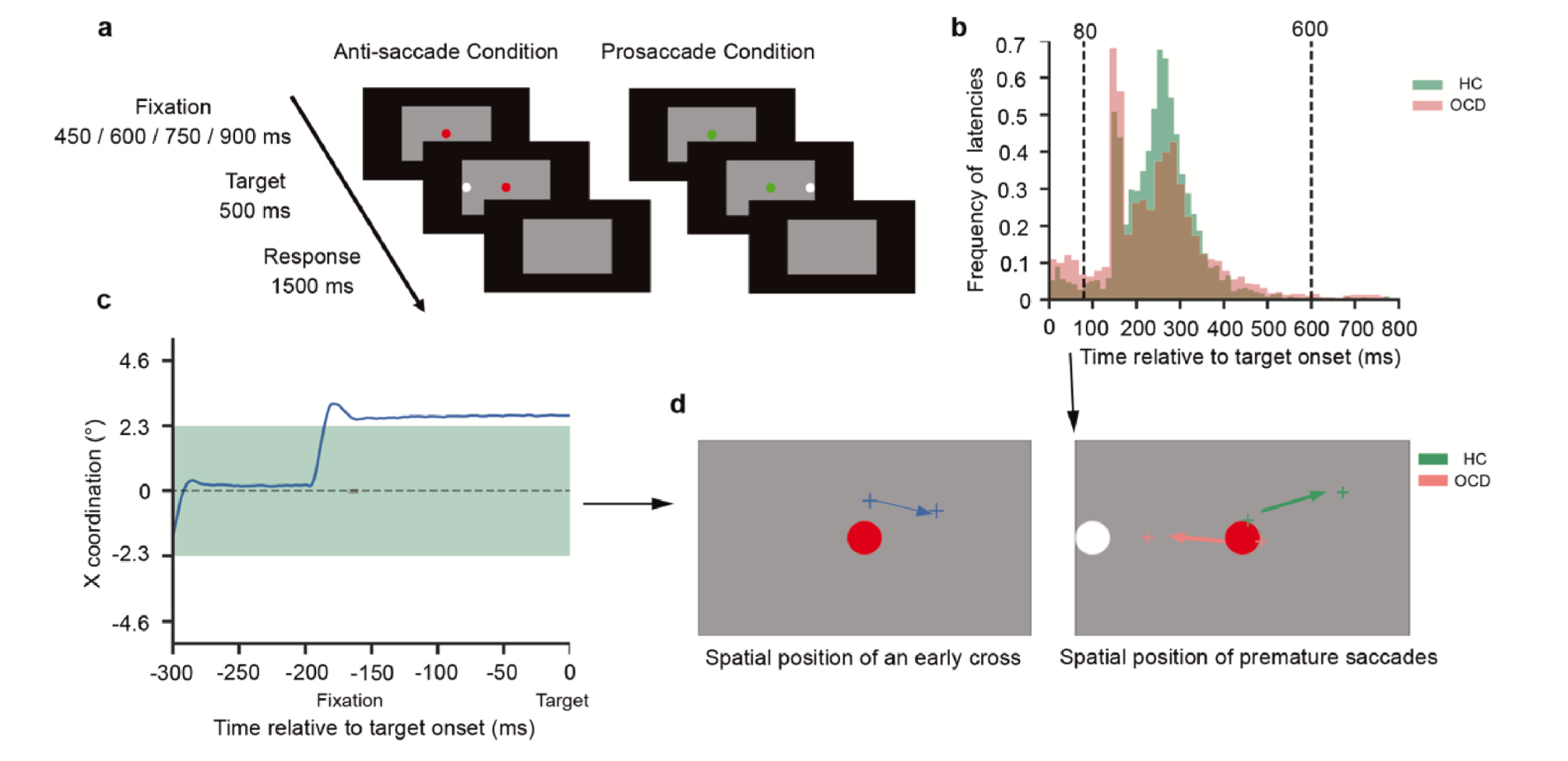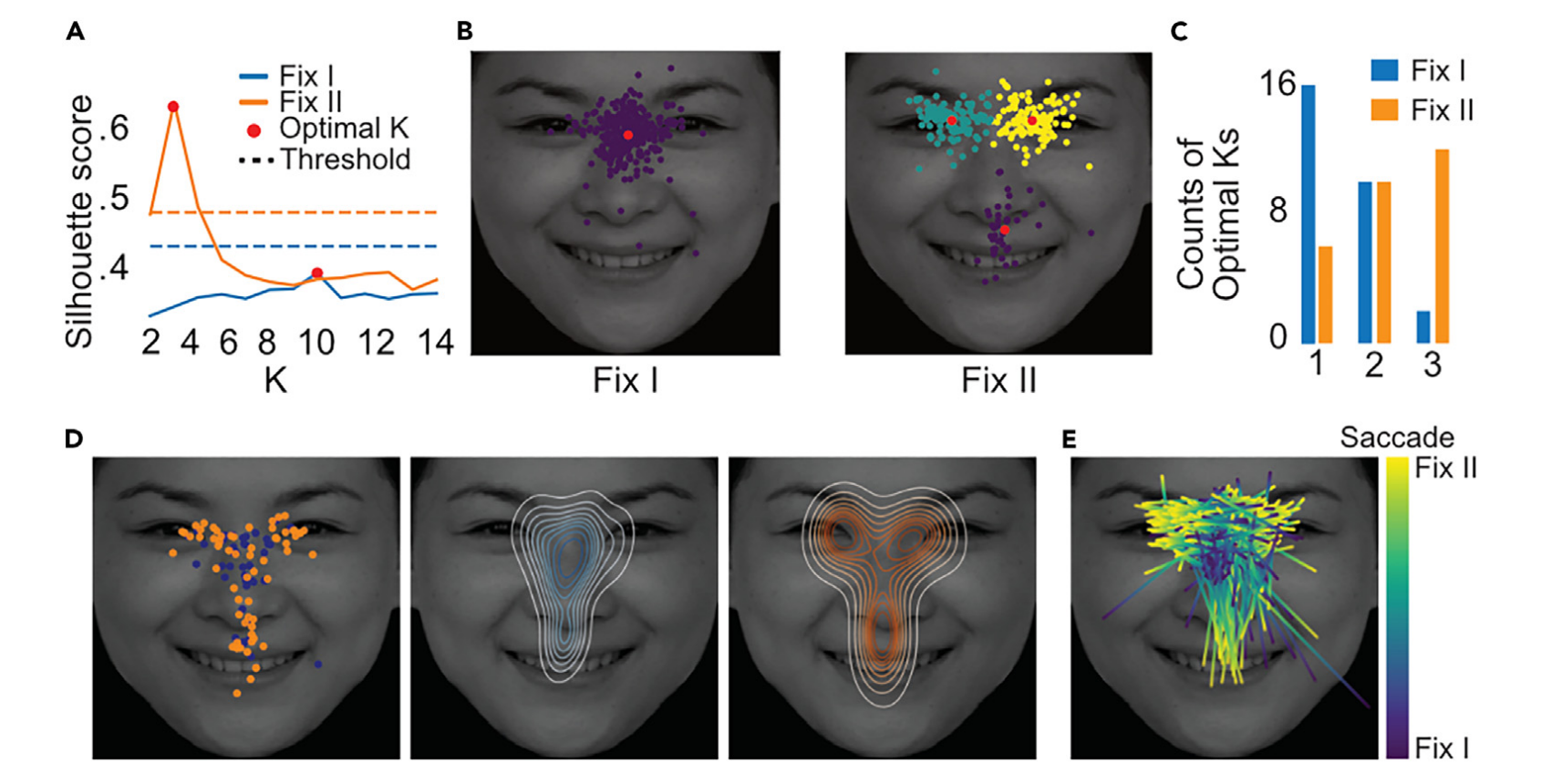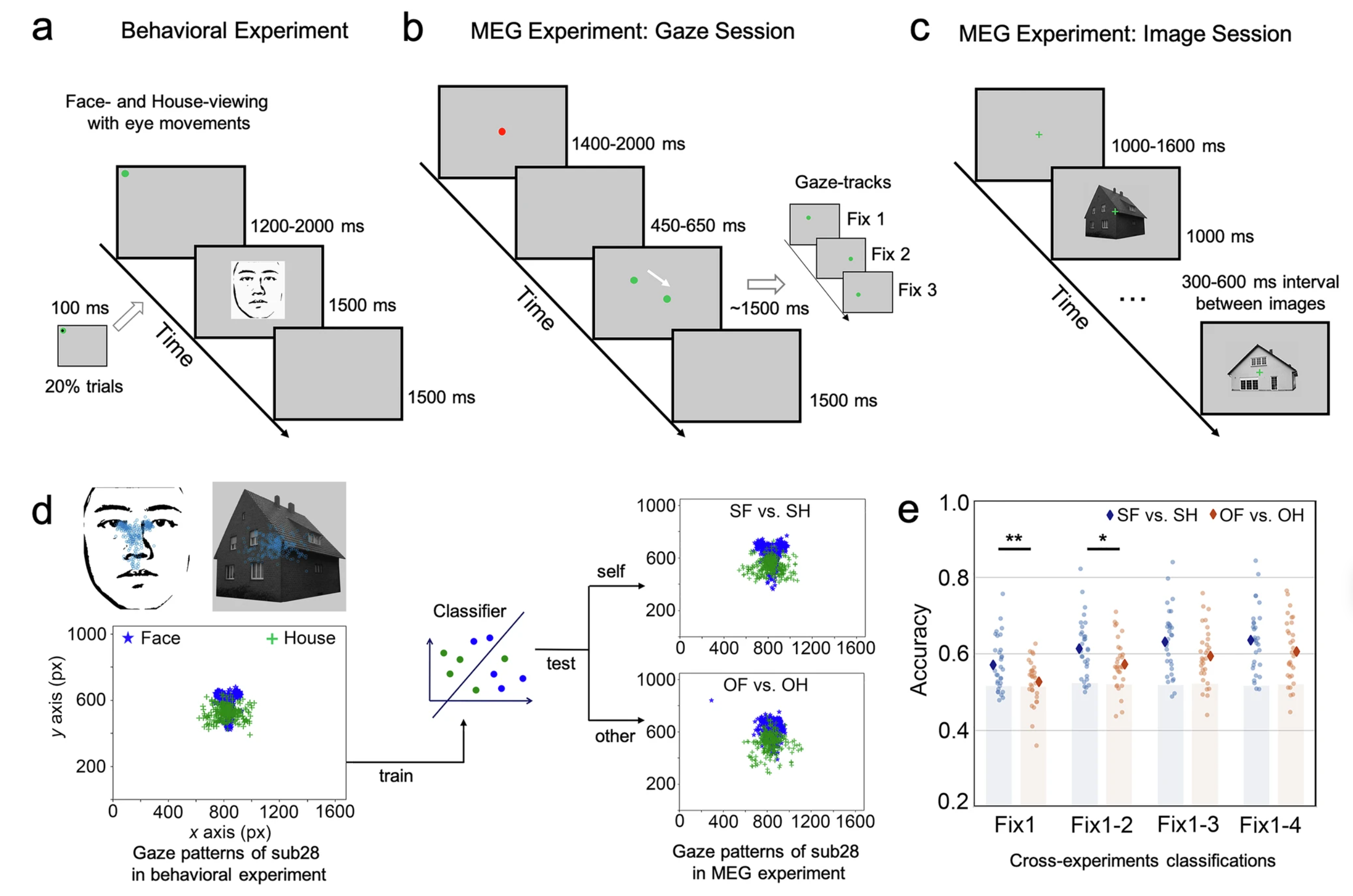
Enactive Cognition Lab
The Lab of Enactive Cognition is located in School of Psychology, Shanghai Jiao Tong University. The lab is led by principal investigator Lihui Wang.

Research Interests
The main focus and what are we heading to
Taking an opposite standing point of dualism, we take an enactive approach to understanding human cognition. We focus on the interaction between perception and action. On the one hand, we are interested in how humans build up knowledge about the world through explorative action, ranging from basic perception to high-level cognition such as belief. On the other hand, we are interested in how humans make action choices under the guidance of knowledge. We use a combination of techniques such as eye-tracking, EEG, fMRI, and MEG to understand the neural mechanism.
Recent Work

Activities
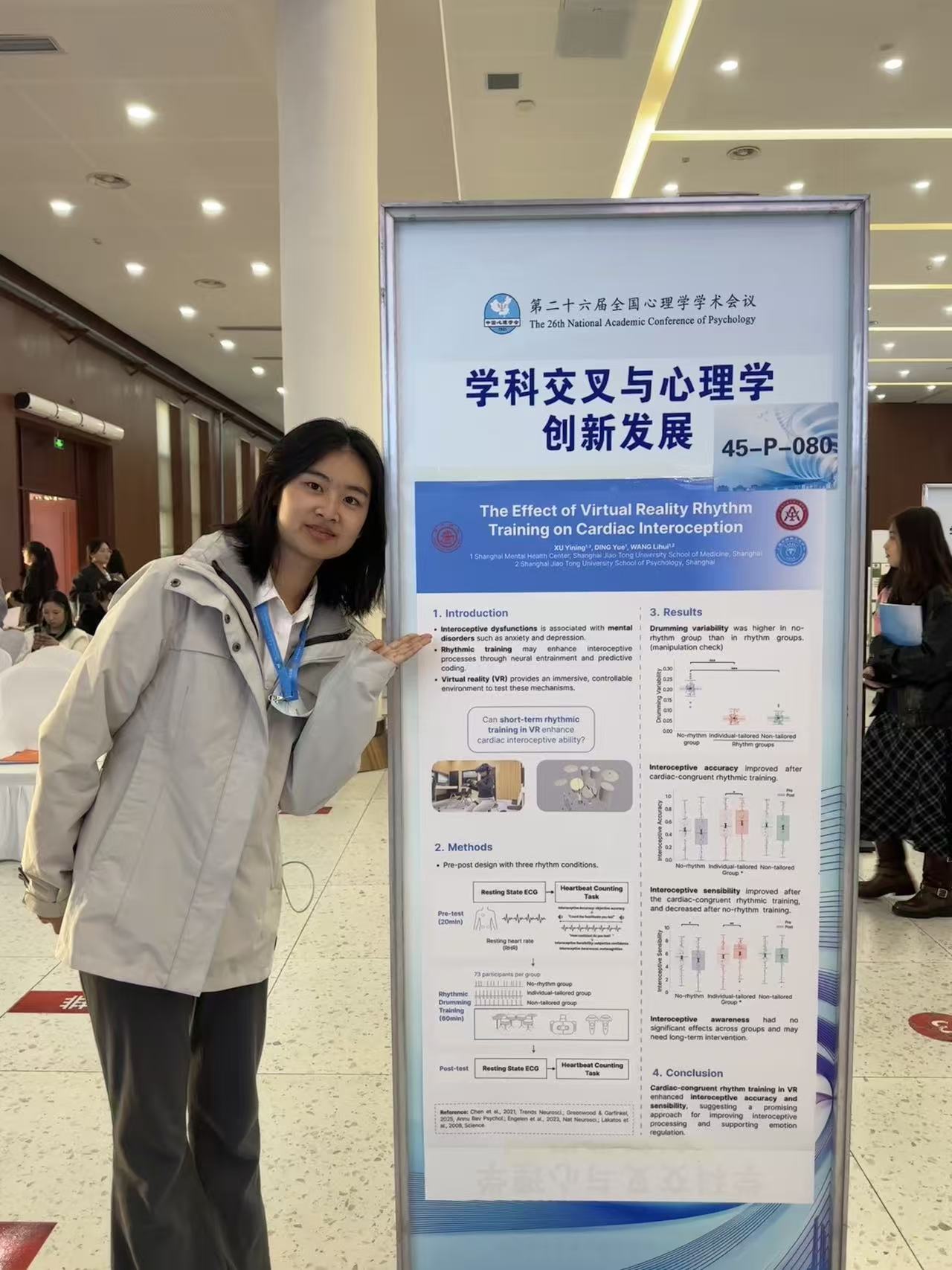
Yining Xu Presents Poster at the 26th National Academic Conference of Psychology
2025-11-01
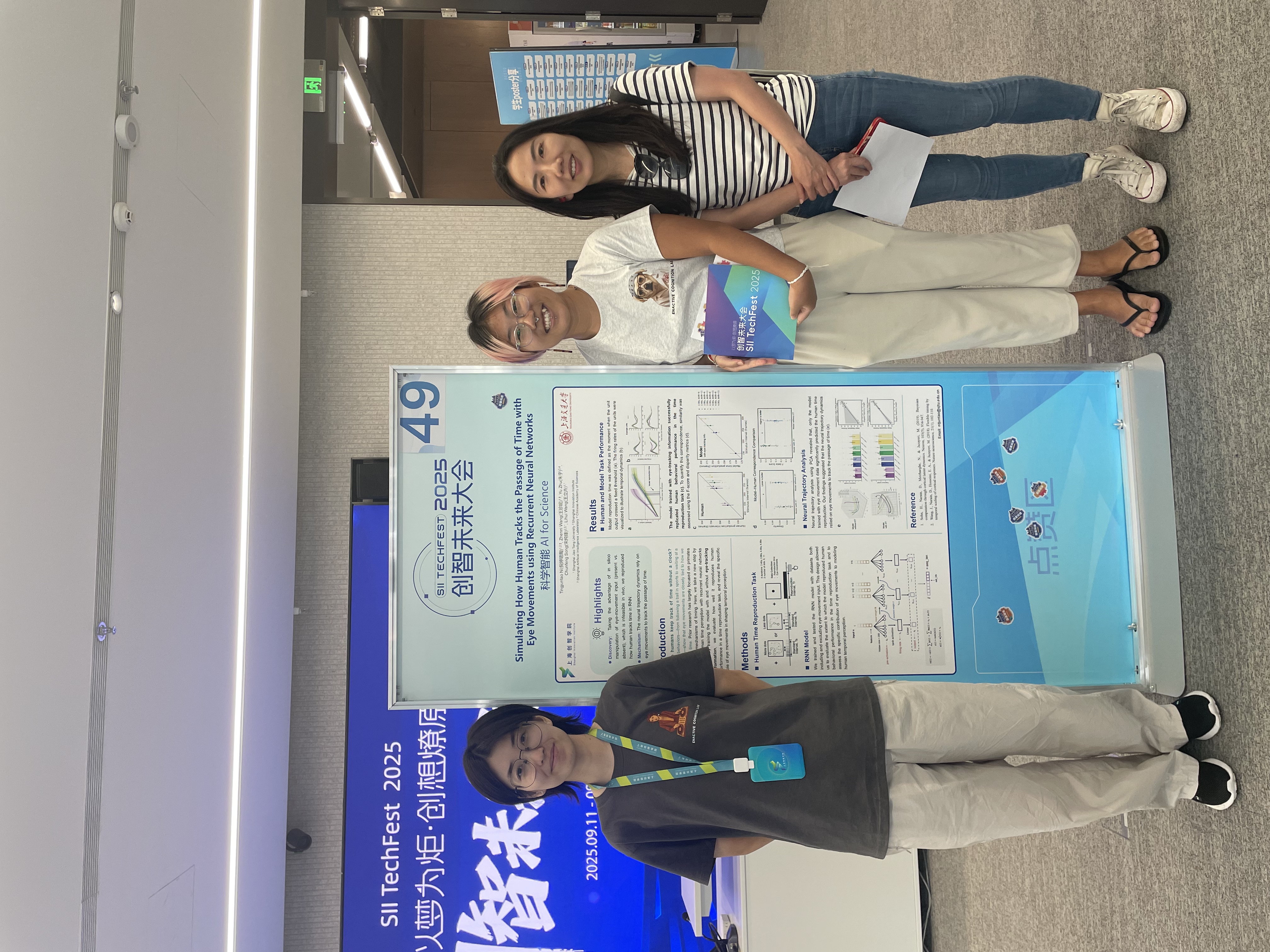
Tingjuntao Ni and Zhenni Wang Present Poster at SII TechFest 2025
2025-09-12

Lab Retreat 2025 at Zhoushan, Zhejiang
2025-08-22

Our Lab’s Cartoon Group Photo Is Here!
2025-06-26
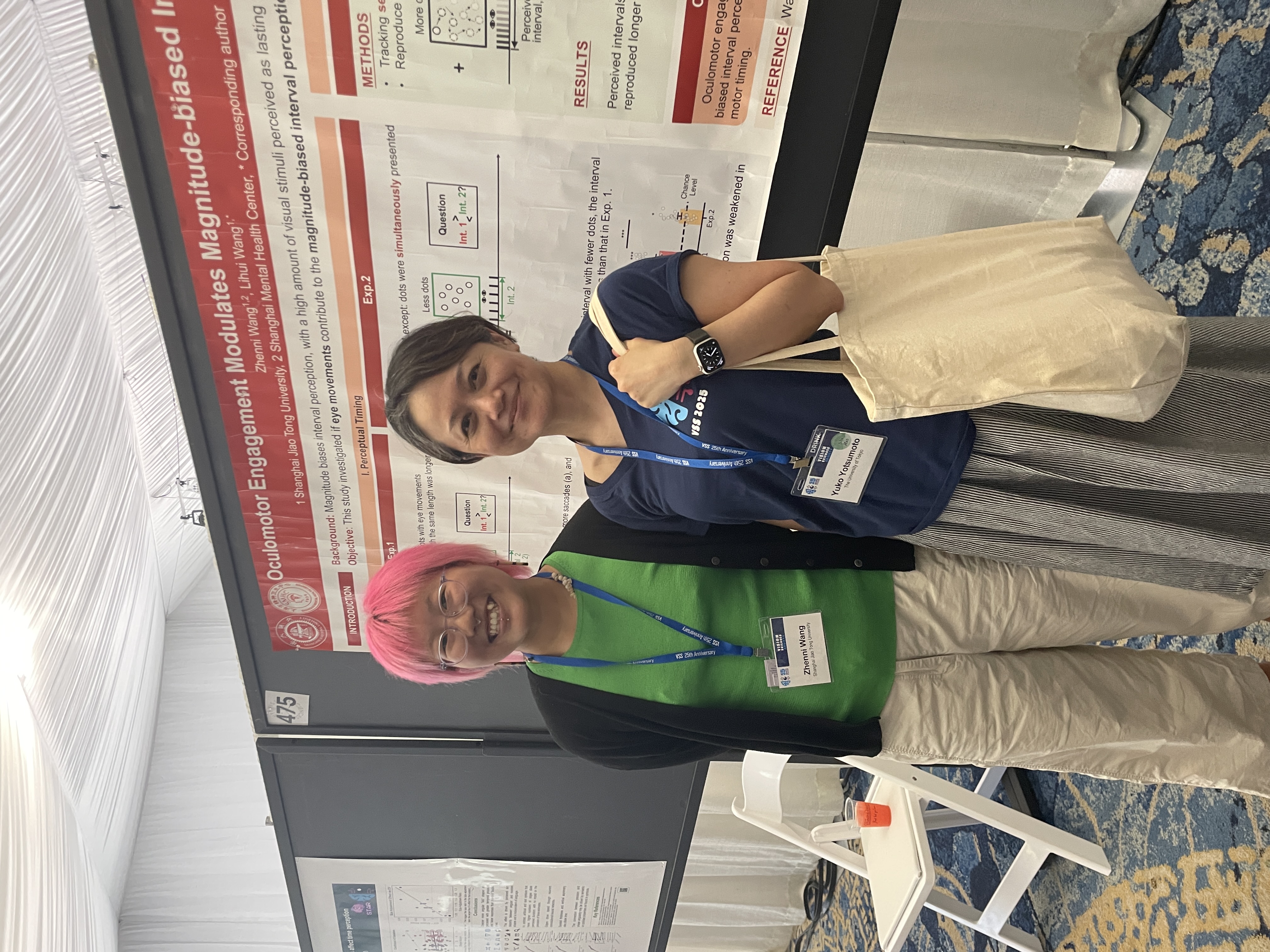
Zhenni Wang Presents Poster at VSS 2025
2025-05-18
